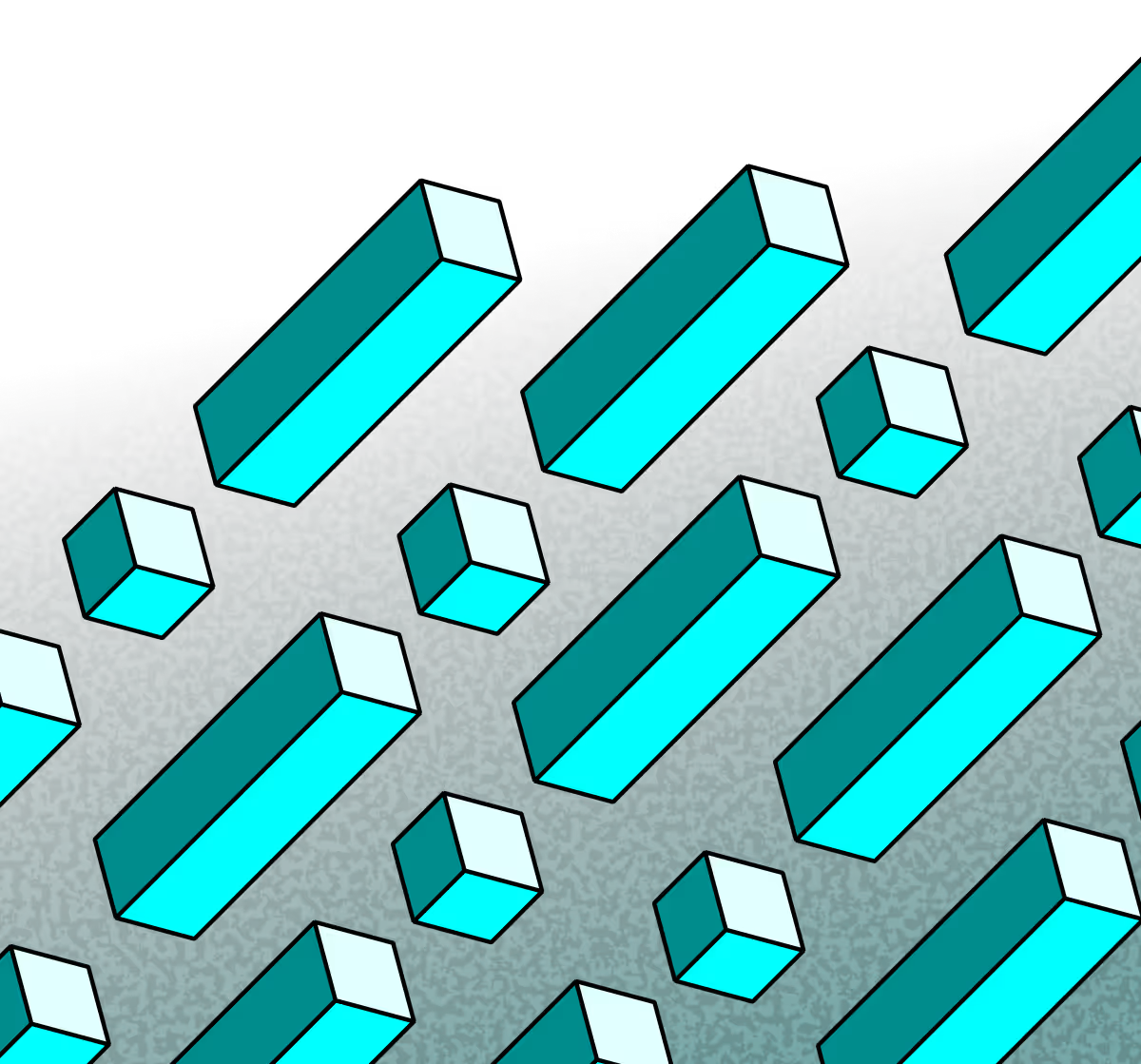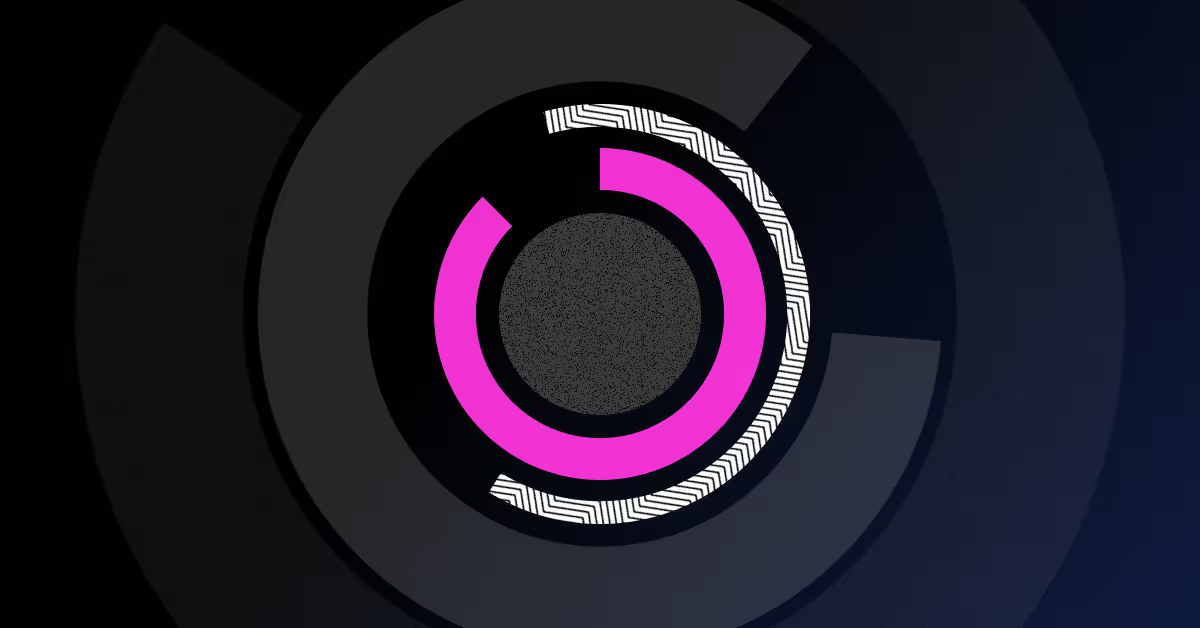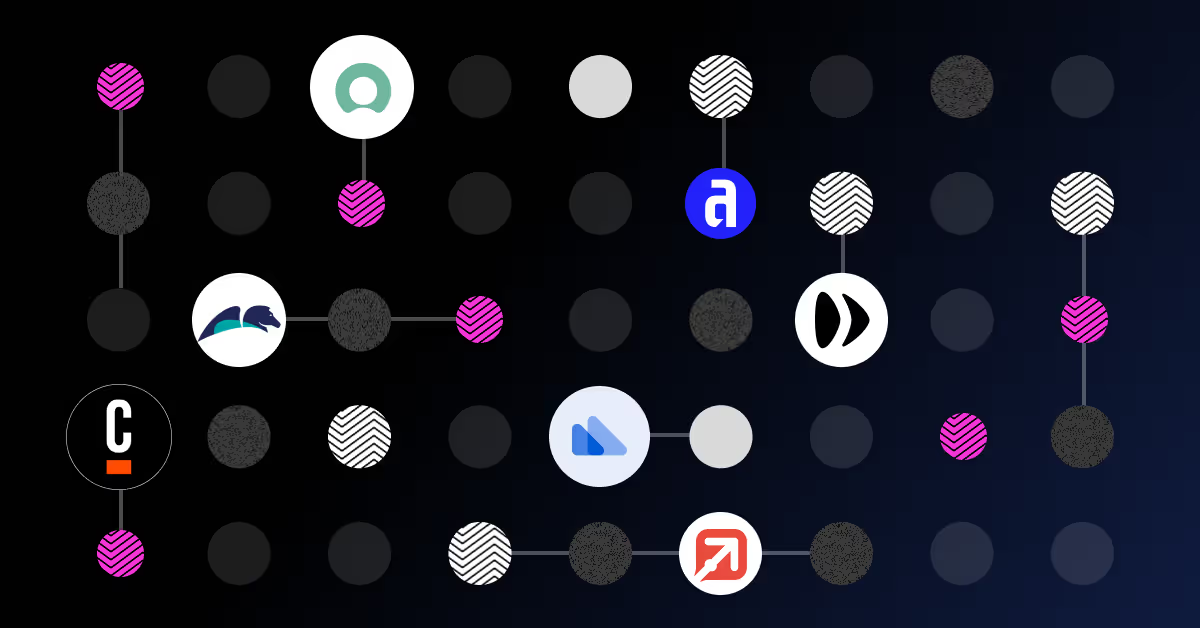Why automated bank reconciliation is the future

Finance departments, through no fault of their own, have been known for slow-moving and manual tasks - none more so than the painstaking process of bank reconciliation. Up until very recently, this job was inevitably a time and resource black hole. But if bank reconciliation of the past was a creaky old rust bucket of a car, then its future is a sleek, self-driving electric ride.
The traditional bank reconciliation process
It’s an unavoidable part of running a business that internal financial records have to be manually matched with bank statements. For larger organisations, that amounts to huge volumes of invoices, receipts, and payments, all of which must be meticulously combed through by people. It’s nobody’s favourite job and done manually, it takes a punishingly long time to compare and contrast the various payment records.
Current problems with manual bank reconciliation

If you work in finance, you’ll probably be nodding your head at the following common challenges associated with manual bank reconciliation:
- Finding the right data. No matter how diligently you sift through piles of transactions, sometimes, finding the right data is like finding a needle in a haystack.
- Vulnerability to errors. Despite everyone’s best efforts, there will always be times where mistakes are made - we’re only human.
- Scalability difficulty. As the business grows, manual reconciliation becomes an increasingly daunting task, one that you may feel set up to fail.
- Sluggish reporting. Finally, creating financial reports manually is frequently a slow and frustrating process, and commonly prone to inaccuracies.
Why bank reconciliation automation is the future
With the advent of AI, a shiny new solution has arrived in the form of automated bank reconciliation. It cannot be emphasised enough what an upgrade this is. No more hours spent searching through thousands of transactions, instead, AI breezes through your financial records in a heartbeat.
It’s accurate, a whole new level of efficient, and does all the hard work for you - leaving you free to spend your valuable time and energy on other responsibilities.
How bank reconciliation automation works
Traditionally, bank reconciliation has required…
- Lots of code
- Lots of manual work
- Lots of people (eg. lawyers)
- Many steps in the payment reconciliation process
Using an AI tool, all that’s needed to start this is the data and a policy prompt. It’s a productivity superpower because AI doesn’t get tired, lose concentration, or need a break. Its automated discrepancy detection is always vigilant and raises the alarm when something doesn’t add up.
All you have to do is provide the initial prompt or a specific set of instructions, such as "reconcile these transactions with this bank statement." From there, the AI takes over, trawling through reams of numbers to compare and contrast the data. What would have taken you hours can now be done in a matter of seconds.
The best part is that the AI is always improving. With every reconciliation, it learns and adapts, gaining a better understanding of your business’s unique patterns and needs. The benefit of this continuous learning loop is that over time, the system becomes more and more attuned to your specific requirements.
The bottom line is you have full control right from the start, setting the parameters as per your requirements, leaving AI to do the complicated bit. You’ll always be notified if there’s an issue that needs human discretion, so you can be confident nothing will get missed. Errors are all but eliminated and financial reports are more accurate than ever before.
The end result? A stress-free reconciliation that leaves you free to focus on the big stuff.

- Skip the coding. Just prompt and go.
- Fewer people, more efficiency. AI’s got this.
- Save money. Who doesn’t love that?
- Save time. More for customer delight and value-add work.
- Fewer errors. AI doesn’t get tired or distracted.
- Boost efficiency. Push the accelerator on your workflow.
- Focus on what matters. Let humans shine where AI can't.
Automate bank reconciliation with Enate
Take a step into the future of bank reconciliation with Enate. Our cost-effective solution takes the pain out of this arduous, essential task. There are many areas of business where automation can have an impact, and this is one of the smartest places to start. Enate’s easy-to-use interface integrates into your existing software so you can get up and running in no time at all. Book a demo or speak to sales to find out more.




